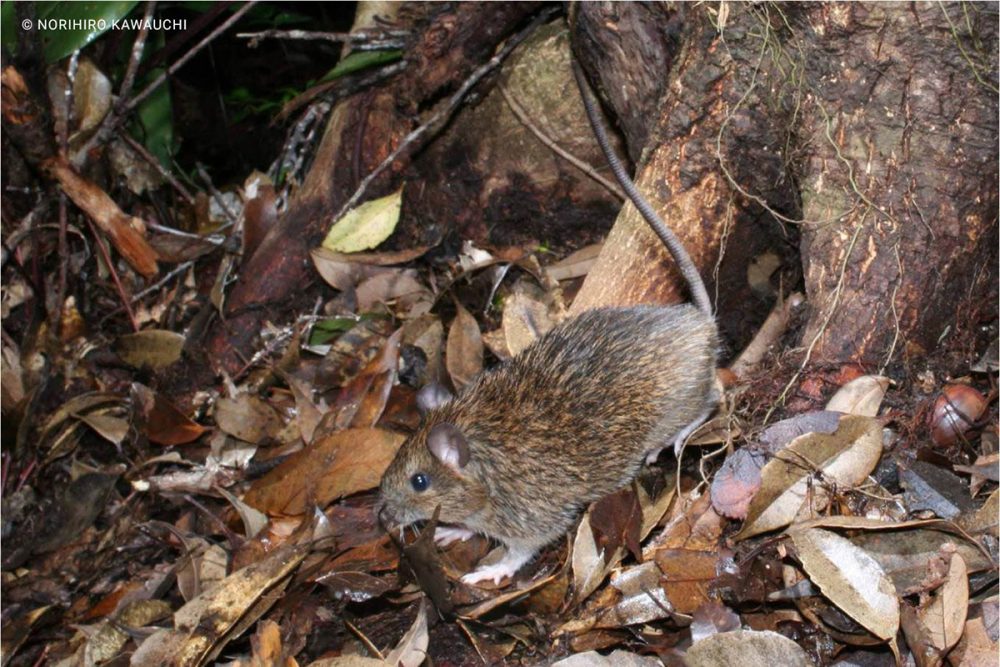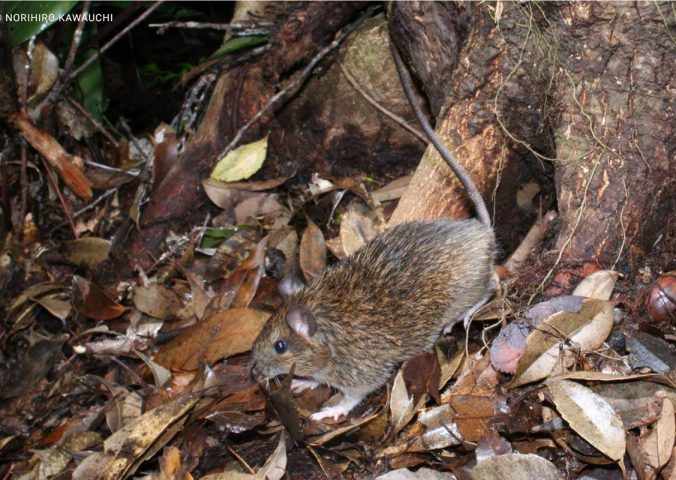About
The Okinawa spiny rat also know as Muennik’s spiny rat resembles a large vole, the spiny rat has grooved spines protruding from its short, thick body fur.
Very little is known about the species. It occurs in temperate forests on the island of Okinawa, Japan, and has an extremely limited distribution. It shares its genus, Tokudaia, with two other species that have lost their Y chromosome and SRY gene, though the sex chromosomes of the Okinawa spiny rat are abnormally large. The population of this little-known mammal is believed to be declining. Although individuals were captured in 1978, no specimens were recorded for a further 35 years despite efforts to capture it in 1994. The species was reportedly found to be still extant in 2008. However, it is thought to occur in an area of less than 3 square km, making it extremely vulnerable to localised threats. Loss of habitat and possible predation by feral cats may spell extinction for the Okinawa spiny rat unless urgent conservation action is taken.
- Order: Rodentia
- Family: Muridae
- Population: Unknown
- Trend: decreasing
- Size: 12-17.5cm
- Weight: 43.4-200g`
EDGE Score
Distribution
Endemic to Okinawa Island, Ryukyu Islands, Japan. It is only found on the northern part Yanbaru area) of the island, above 300m above sea level. It may be restricted to an area of <3 km².
Habitat and Ecology
The species inhabits forest (chinquapins) over 30 years old, in the northern part of the island. It prefers forest with high undergrowth, and has also been found in chinquapin forests surrounded by sugarcane fields.

